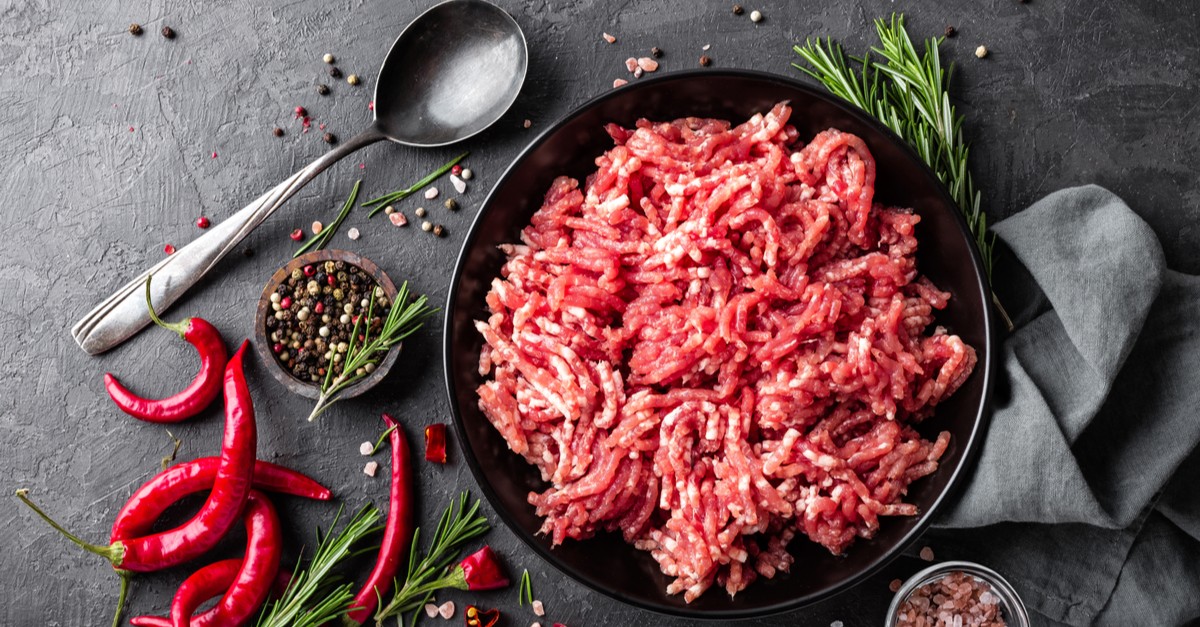The Struggle:
Within the past few years fat has started to pop up as the sixth taste. As a chef we always used fat as a way to “round out flavors”, “bring everything together” and other various cliches. Chefs almost always knew that fat was a taste we could perceive but we couldn’t say for sure. Scientific studies have shown people can taste fatty acids but not be able to put a finger on what exactly it is they are tasting. Fat is a vital part of almost any meal, but what if you are looking to knock out some of those extra calories that come from your favorite fatty foods. How can you replace that fatty richness in food, so that the calories don’t weigh too heavily on your conscience?
“What are the best fat replacers?”
We Can Rebuild it, We Can Make it Better.
Fat is a key component in making foods feel rich, juicy, and filling. The mouthfeel we get from a juicy steak if mainly the fat being dispersed between the muscle fibers. The intramuscular fat is what we call “marbling”. This is how the grades of steaks are determined. The higher the grade the higher the fat content. The more fat between the muscle fibers the more juicy and tender the cut of meat will become. So what will we need to add to replace this fat? Let me set one thing straight you will not be able to replace the fat in a steak with a fat replacer, that’s not how it works. But there are ways that you can add a fat replacer to improve a lean ground meat or even a veggie patty to feel fatter without having to add fat. But what are these fat replacers?
There are two types of fat replacers we will cover one is fiber and one is a gel. The types of fiber that can be added to act as a fat replacer are Microcrystalline Cellulose (MCC) and Carboxymethylcellulose (CMC). Microcrystalline cellulose is an insoluble fiber that when added to ground meat will disrupt some other the connections made by the proteins therefore making a lighter and more tender final product. Carboxymethylcellulose can add a slick and rich mouthfeel to a product. The CMC will need to be mixed with some water prior to adding to the meat or dry ingredients. The gelling agents that can be added as a fat replacers come in two forms, Gellan LT100 and Iota Carrageenan are both opaque and soft gel that have a creamy mouthfeel. Gels with these properties lend the best fat replacers as the have a similar richness and are reminiscent of animal fats. These ingredients should be hydrated with water before adding them to the recipe. We like to whisk these into water and heat it to a paste that can then be added as a binder and fat replacer. The gelling agents and the fibers can be mixed and matched to find the ratio that works best for your recipe.
Another extremely common question we get is about adding methylcellulose to a vegan burger patty. The most common ingredient we suggest for this is methylcellulose A15C due to the gel strength and viscosity. This can be added in two different ways, wet or dry and allowed to absorb moisture from the product, or added to water and made into an emulsion with oil that is added to in place of the fat. The emulsion of water, oil, and methylcellulose is a very stable emulsion that acts similar to animal fat. But with that being said replacing fat with fat isn’t really replacing it ?
Ready to get Cooking?
Give our Juicy Low Fat Turkey Patties recipe a try! Enjoy a healthy low fat breakfast sausage that actually tastes incredible. Usually low fat/no fat also means, sadly no taste or worse, poorly seasoned. Even with the best combination of spices there’s no substitute for that juicy, unctuous mouthfeel that comes from the fat in foods. This lean as can be turkey patty upgrades fresh low fat ground turkey with a bit of microcrystalline cellulose and carrageenan – which turns the patty from dry to succulent without adding any additional fat. Serve with a hearty portion of sweet potato turkey hash for a perfectly healthy delicious brunch.



2 Comments.
Is there a way that this could be added to a solid piece of meat, such as a chicken breast? Do you think it would be feasible to add it using a multi-needle tenderizer, such as one like this: https://www.amazon.com/gp/aw/d/B07DRHG8CR/ref=psdcmw_760360_t2_B07KQJ1FN8, if it was marinated after tenderizing? Or perhaps adding the powder onto the meat before needling it?
Tendering the meat would already give the desired texture. Adding it with a needle won’t work because of the structure of the meat fibers. It needs to be mixed in a ground meat to achieve this.